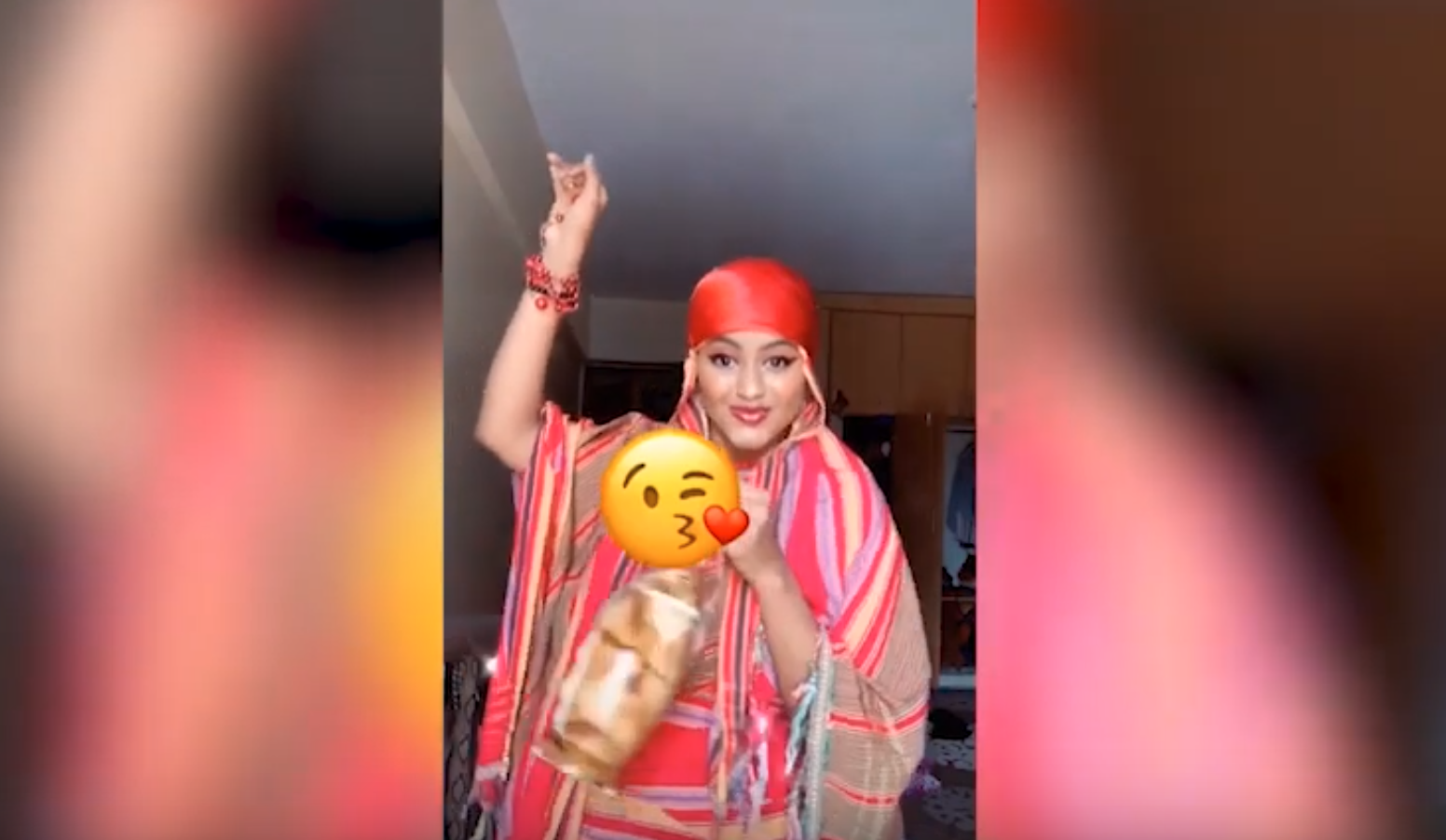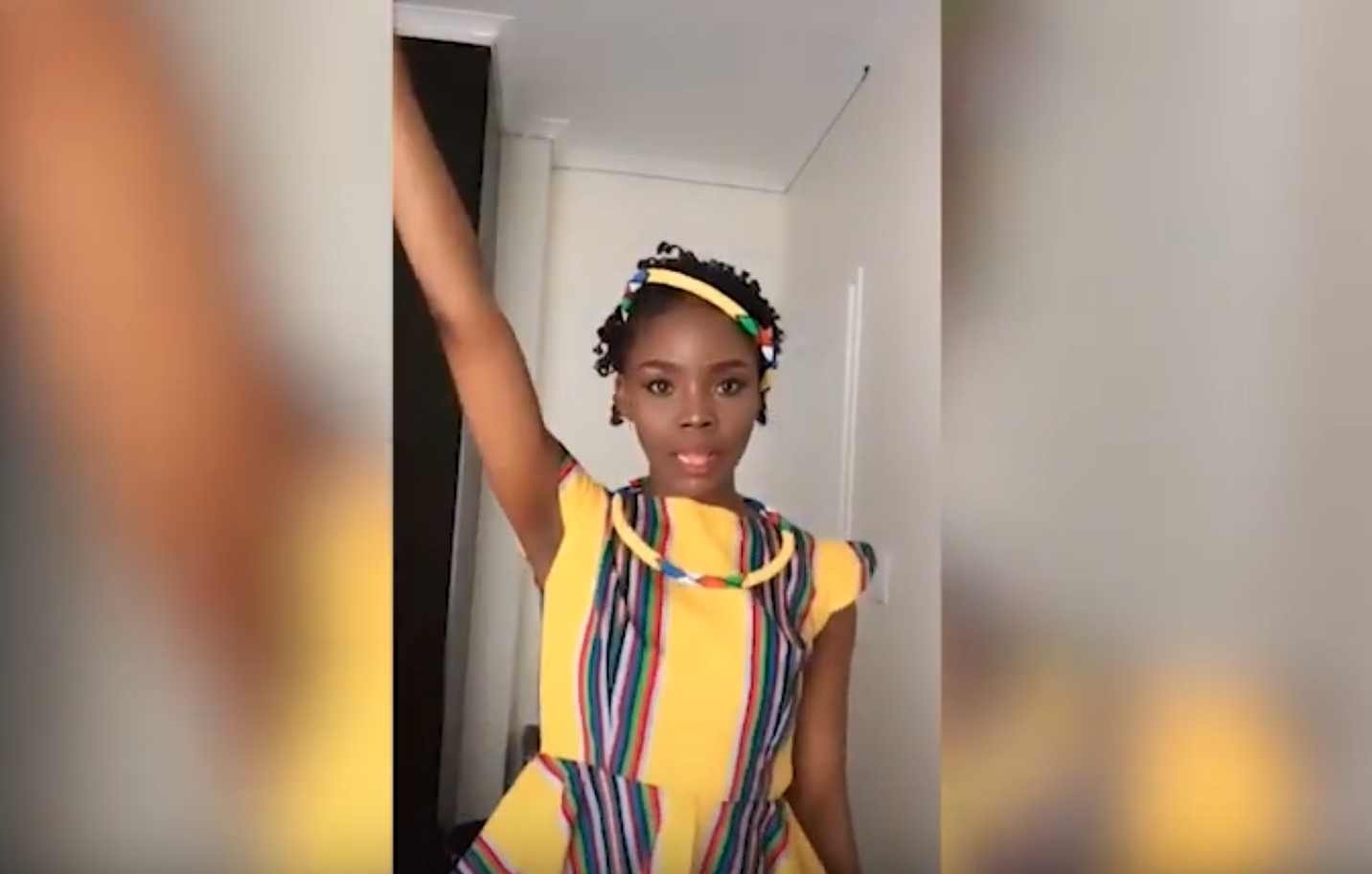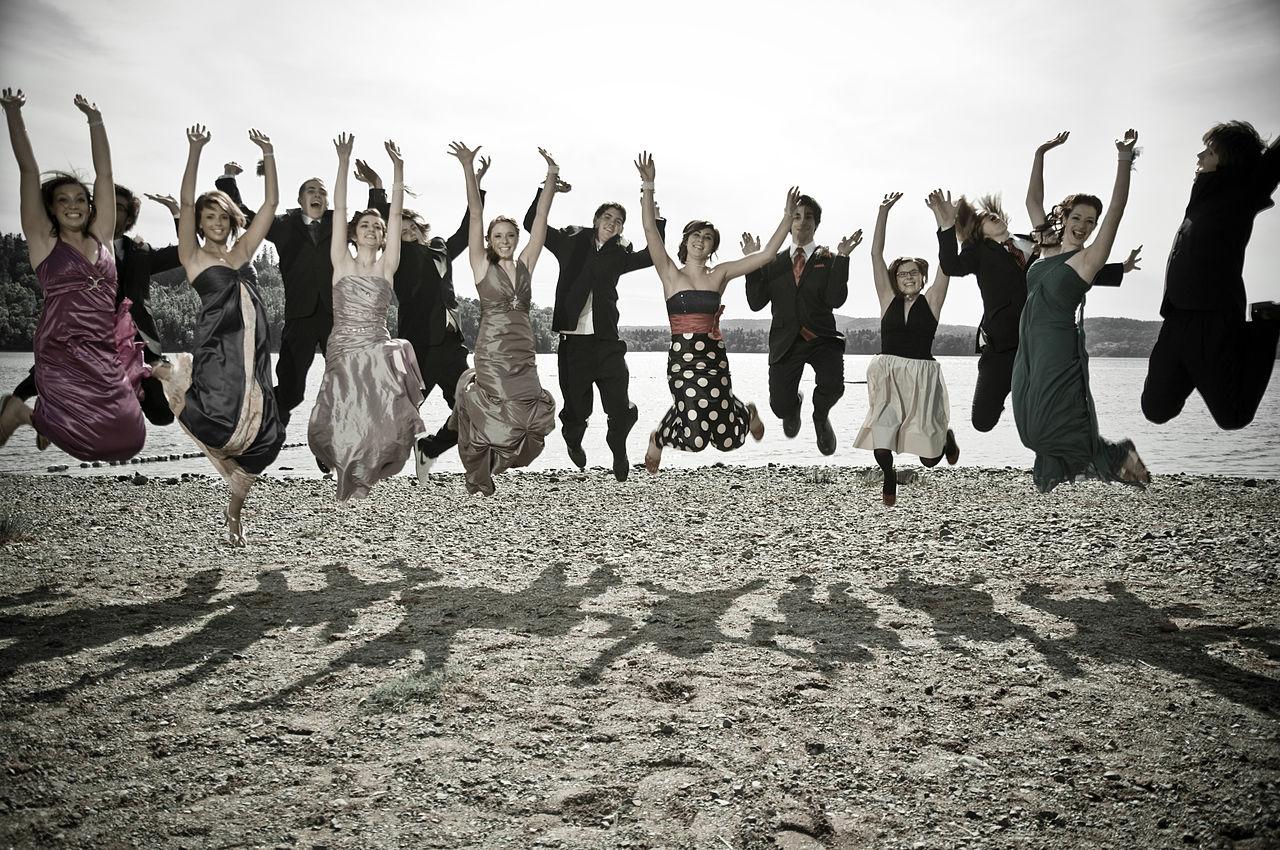If someone asked you twenty years ago what would be the greatest threat to a generation raised on the Internet, considering the onset of far right and the growing problem of corporal dysmorphia, you would have probably gone back to the issue of standardization of cultures. Even if globalization and our concern about it are not new subjects at all, the use of social media as the main form of socialization and entertainment consumption eases one of the worst scenarios to a minority culture: its progressive substitution towards the standard. I insist this is nothing new. For a long time this standard probably came from Hollywood, the place with resources and magic enough to make any experience universal. As a millennial that consumed their dose of teenager contents from 3xL (Catalan youngsters TV) to MTV I can tell, for example, all the dates and details of those high school balls which I never attended (there is the homecoming, the winter formal, and finally the prom). However, I would need Google to tell you when is the Candelera.
Our World has always spun around great cultural centres: for a long time it was Paris, London or Vienna. However, things have changed over the last century: due to the boom of consumer society, cultural contents had to adapt to the market structure. Once it became clear that our days could be split into production –work– and consumption –recreation–, it was also clear that filling the latter would be a huge business opportunity. Therefore it was necessary to search for forms of culture beyond those of the establishment; formats that consumers could make their own but that could also be capitalised like those of the rich. Those who couldn’t go the opera house could watch the soap opera with lots of ads on it; those who couldn’t buy paintings could buy magazines and comic books. Through this process we could notice how the growth of entertainment entailed a cultural growth of those who produced it, with greater influence than higher circles’ culture. Quantity is more powerful than it seems. At this point there is not only a distinction between high and low culture, it appears even one more boundary. Suddenly we are ashamed of that traditional dance our grandma celebrates or the regional food our dad makes. We want burgers and jeans. We want pictures with Starbucks coffees and US-flag t-shirts. The radio hits we listen to everyday become the popular sounds, while everything that remind us our heritage becomes folk, a relic of the past. Fortunately, it appears that nowadays these boundaries between culture and market niches are becoming blurrier with the evolution of social media during the last years. When everybody has a platform, creating contents and accessing them is democratised, and the story of who owns the cultural and social capital gets boring. When absolutely everyone can have a voice within social media, the difference starts to be a matter of interest.
Our generation has socialized through a type of Internet that presents us as products instead of consumers. The subtle invasion of the labour market crumbled the boundaries of private and personal life, where any post on social media might be a job opportunity or a new item in our CV. This, together with the exceptional character that tends to define millennial or Z generations caused that young people use the Internet not just to say or to do but to “be”. Many of our profiles could just be perfume or car ads: it’s not clear which one it is but we are all selling an idea. Every new selfie, every tweet and tiktok represent an affirmation of our identity. This makes that we desperately search for one that can be different from the rest. As shown by the success of phenomenon such as Rosalía, some had found their interest in returning to the roots. And this is probably the reason why we are experiencing an encouraging trend among the youngest ones. During the last year we have seen the periodic arrival of new trends, challenges and streams based on expressing one’s cultural background, what makes someone different within the Internet. The format “cultural dance”, a new trend on Tiktok in which someone wears a regular outfit until they seat on a chair and suddenly wears traditional dresses from their own culture, today counts with around 435.000 posts. The user Milan.mathew’s video reached 2,6 million likes and 25.000 comments. A similar trend took place with the audio “what Asian are you?” with 18.000 posts celebrating different cultures from the Asian continent like Vietnam, The Philippines, Korea and many more. One of the most popular posts from the account joyang.tv reached 990.000 likes and 12.000 comments.
A relevant side of our experience on the Internet is the fact of finding a community. Sharing posts fabricates precisely a social network strong enough to resist the dominant narrative that we can still find on the media or in politics. This process might be similar to the task our parents and grandparents did within their town’s civic, community and cultural centres: creating nets and fostering community from what that unite us – culture, and being able to find common ground even in what makes us different to each other. Contemporary online communities ended up creating their own subcultures: changing the way people talk, giving completely new meanings to some words, transforming visual representations or creating the language of memes. All these display a new way of living, new forms of culture. But these communities are also acting as platforms for other ancient cultural expressions that not always find their place in our current world, isolated by the dominant discourses. These are recovered and restored in a safe space. There is a limited capacity to fit those within official publications, Netflix’s catalogue or the news, and even more so when there are particular agendas and decisions that affect their results. That’s why we still find ourselves talking about the pros of monolingual cultures or the disdain for what is different, because we are forced to choose. Within social media, instead, there is no need to be practical and all it matters is to be interesting. This freedom expands and makes cultures richer, and these revive thanks to a renovated interest of the young ones today.











